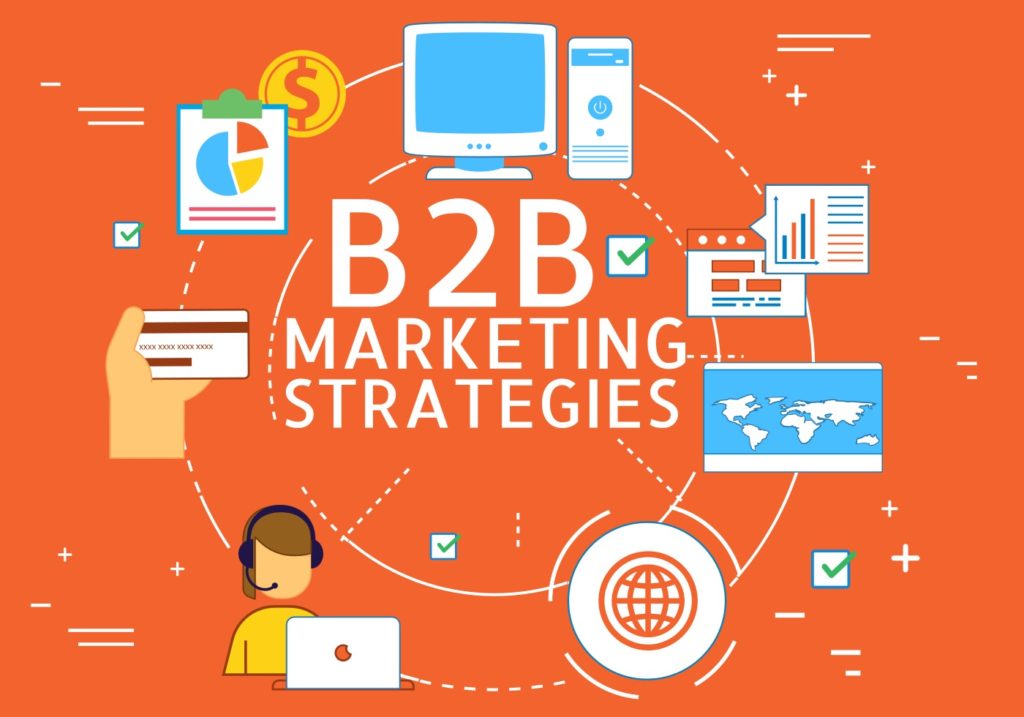
Time and time again, when talking to our clients about expanding their digital marketing activity, we get responses like these:
“Oh, I’m not on Twitter.”
“We’ve never sold any products via Facebook, you know.”
“Who actually uses LinkedIn these days?”
So often digital marketing conversations end up being centered around social media. And as more people continue to lose trust in social media from a personal perspective, fewer people seem to see the value in using it for B2B marketing and engagement.
Admittedly, most of my social media feeds are often full of junk — someone with a sob story or a product or a lifestyle to sell — and I suspect yours are too. Everyone seems to be looking for “likes” with no strategic long-term goal. Plenty of people in my personal network have boycotted social media altogether because of this.
This makes the continued misunderstanding that digital marketing is just about social media even more problematic. Even if this isn’t news to you, I suspect that during your career you’ve heard at least one person say, “I don’t really see the point” — and I wonder how well you’ve been able to counter that argument.
2020: The New-Age Marketer
I don’t mean to put a dampener on the fast-approaching new year, but it’s a tricky time to be a B2B marketing professional. Marketing and communications roles are going through significant change, driven by the impact of trends such as personalization, artificial intelligence and influencer marketing.
As a result, B2B marketers everywhere have to retool their skill sets. According to Raconteur’s Future of B2B Marketing report, customer understanding/insight, creativity and data literacy are three of the most important skills that marketers have to master over the next five years, along with an understanding of how digital tools fit into the marketing stack.
Connecting your role to the wider goals of the business you work for is vital to growing your budget, your area of authority and your career. Those who aren’t able to adapt may quickly find their roles and their marketing budget at risk.
Providing Business Value
You likely get it: Digital marketing is one of the most tangible ways to connect marketing activity to the sales cycle (and, therefore, provide business value). It’s by far the most measurable part of the current marketing mix. The challenge is how to get buy-in from the wider business. It’s not as simple as knowing the ins and outs of how to plan and execute a digital marketing strategy and subsequent campaign. The difficulty, more often than not, is how to sell the idea to the wider business. If you don’t consider this as the most important thing on your list, then you risk falling at the first hurdle — leaving the age-old adage “Well, if it ain’t broke…” to reign supreme.
In my experience, marketing and communications professionals of today, and of the future, have to show an understanding of how the strategy they’re recommending can truly deliver a tangible return on investment. News flash: “We’ve got 50 more followers” or “We had a 5% conversion rate” isn’t showing real business value. And it’s vital to explain the benefits of an investment in a language that your leadership team understands.
How can your digital marketing strategy help generate new business leads? Attract investors? Adjust perception? Or educate your target audience on the area your business specializes in?
To secure or grow your budget, you’ll likely need to make this work and articulate why you want to invest some or more of the company’s money into a perceivably “newer” aspect of B2B marketing and communications. And outlining the potential business value it can bring is a good of a place as any to start.
Target Acquired
Ultimately, I’ve found that well-considered activity targeted at a specific audience is the best way to prove the value of digital marketing internally.
This comes from speaking to your sales leadership. Scary, right? But consider that in a B2B organization, particularly in technology (the space in which I work most), sales leads are the name of the game. And if you’re trying to engage your CEO or other members of the C-suite for your marketing and communications strategy, you’re far more likely to do this regularly if you have the support of sales leadership. Friction between sales and marketing (even when both divisions are led by the same person) is one of the primary reasons I see progress and innovation in marketing and communications stall. And it needn’t be that way.
Take time to understand who sales is targeting, how long the average sales cycle is, where the challenges are, why they win and why they don’t.
Consider asking for a top 50 prospects list, key target verticals and, probably most importantly, job titles of the people they talk to throughout the entire sales journey (“We only sell to the C-suite” isn’t usually true, and it often isn’t enough).
This is information you can gather, for free, by just asking some simple questions and taking the time to listen to the answers. The sales team will know this already—as many spend a lot of time online and on social media scouting out potential prospects. After all, there’s no point in being on social media just for the sake of it. If you’re on Twitter, you should be there because that’s where your audience is.
It’s Okay To Be Antisocial
Fundamentally, social media platforms are just another mechanism by which to serve your target audience with content that’s useful to them in some way. Focus your efforts on creating truly valuable content and stop thinking about social media platforms as the be-all and end-all.
Use your business objectives as the end goal. If you monitor and analyze online interactions based on these objectives (instead of vanity metrics) and adjust constantly based on them, you’ll likely see true ROI. This way, you can help your business grow and make yourself indispensable at the same time.
Credit: Hannah Patel | UK Director of Red Lorry Yellow Lorry Communications




























